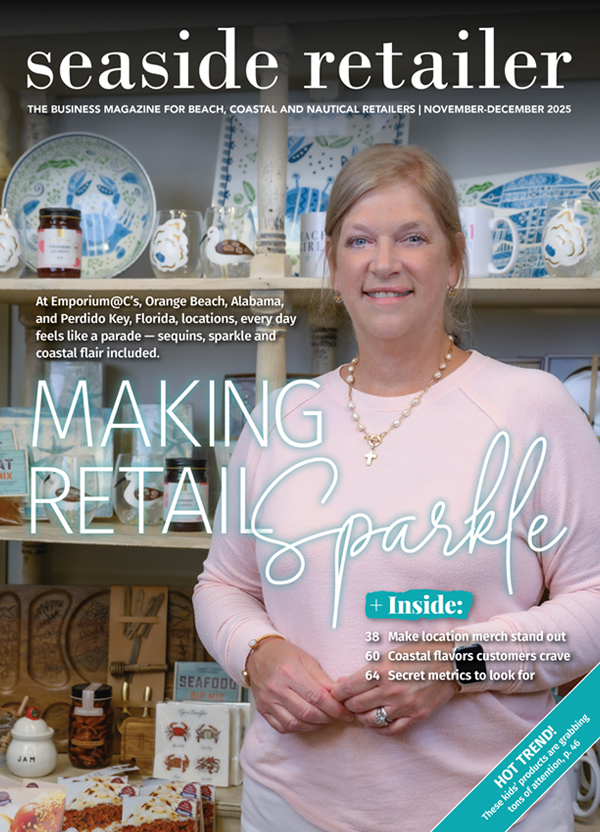
A customer in your store seems very interested in that seashell wind chime you are selling. Suddenly she turns around and leaves, leaving the chime behind. What happened?
Here are some common reasons customers hesitate to buy and ways you can persuade them to make a purchase they’ll love.
Price. The cost of an item is often determined by the quality and brand. Often, customers are not so much afraid to purchase a costly item as they are concerned with the value they will derive out of the product.
The best way to address this concern is to point out the features and benefits of the product and explain why it is priced the way it is. Do this before offering any similar alternative item.
How you display an item can influence value perception. Imagine a $500 dinner set that is placed atop the carton it comes in. Would you even want to buy the set? If I were to spend $500 on a dinner set, I hope at the very least that it is displayed in a nice setting.
Place. Customers’ perception of store credibility varies from one to the other. Credibility is often derived by the trust they have with the brand. However, if you are selling an unbranded item, a customer will need reassurance. Let them know the brand is reputable and that the store backs up any product it sells.
Provide them with a guarantee that should the product be defective, they will be able to come back and have the problem resolved.
Time. From time to time you hear customers say, “Let me think about it” followed by “Do you know when they will go on sale?” Find out what they have to think about — what are they not sure about? Is it the fit, the color, the price? Then address the concern accordingly.
Inform them that while items do eventually go on sale, more than likely the size and color they want will be sold out by then.
By engaging customers in deeper conversation you’ll be able to find out if they have any concerns about items they show interest in — before they decide to abandon them.
Converse with customers and get them to tell you what they like and what they are specifically looking for. If a customer is trying on a hooded rain jacket and returns the item to you, deciding not to buy, do not be afraid to ask, “Is there something you did not like about this jacket?”
Once you find out, more than likely you will be able to address the customer’s concern or offer an alternative.

